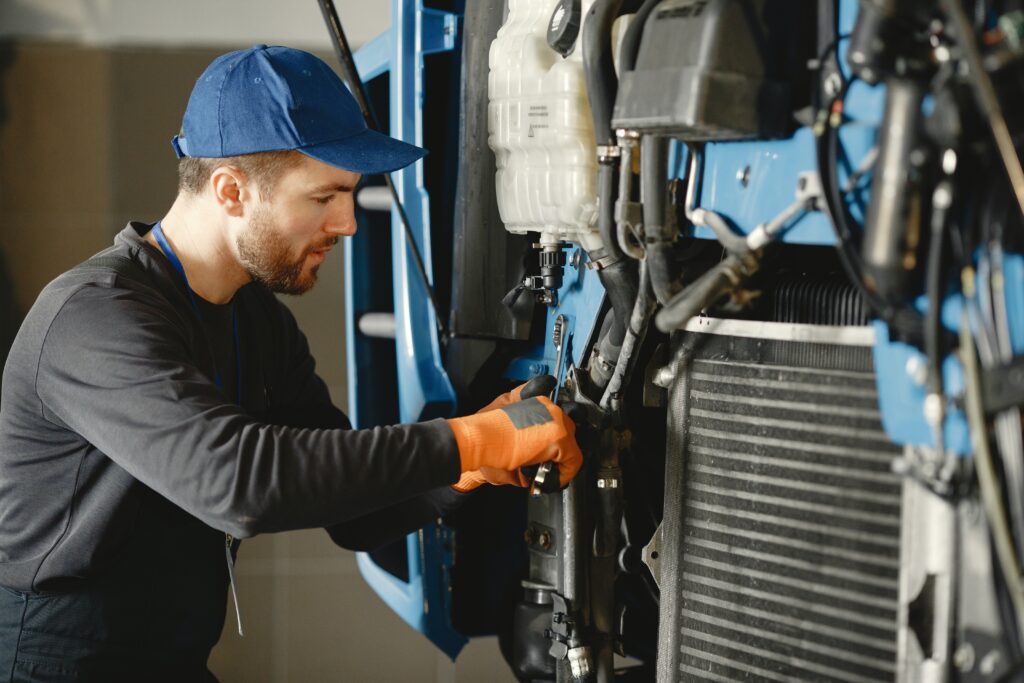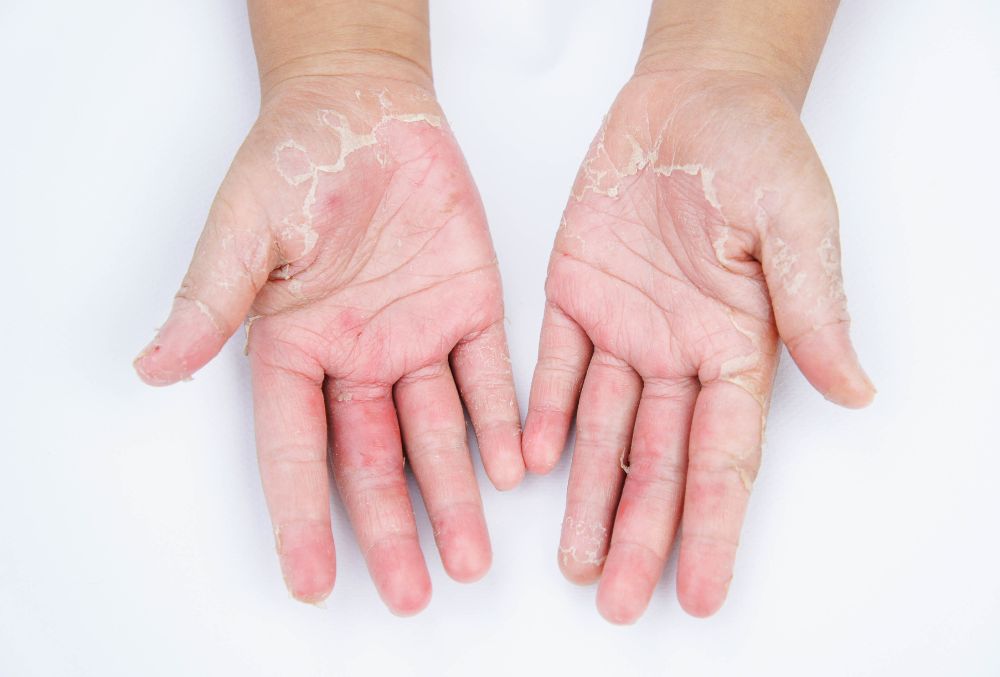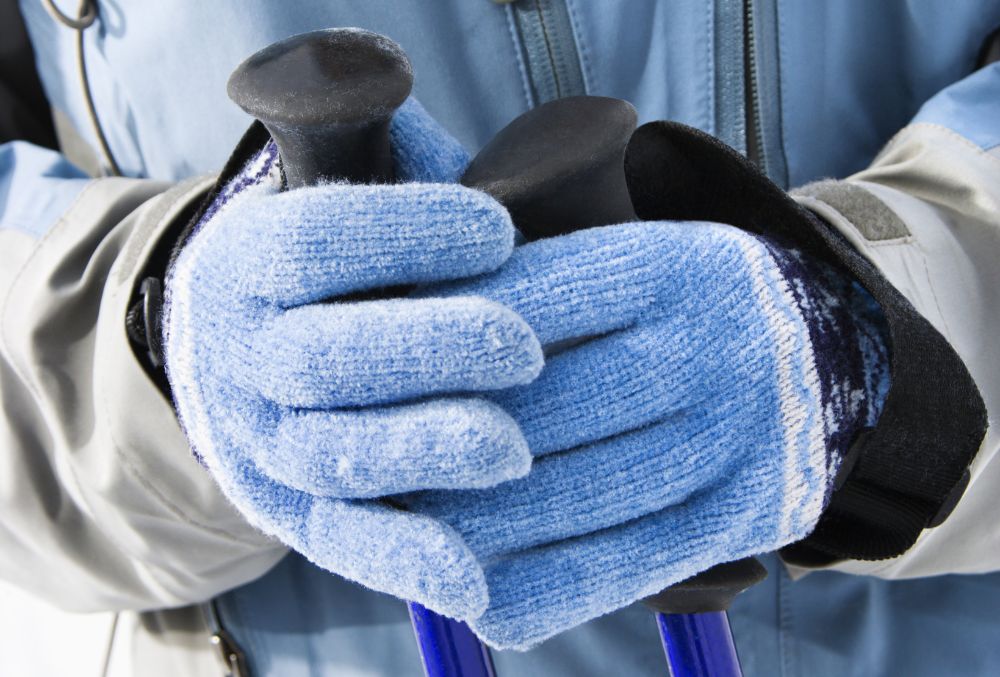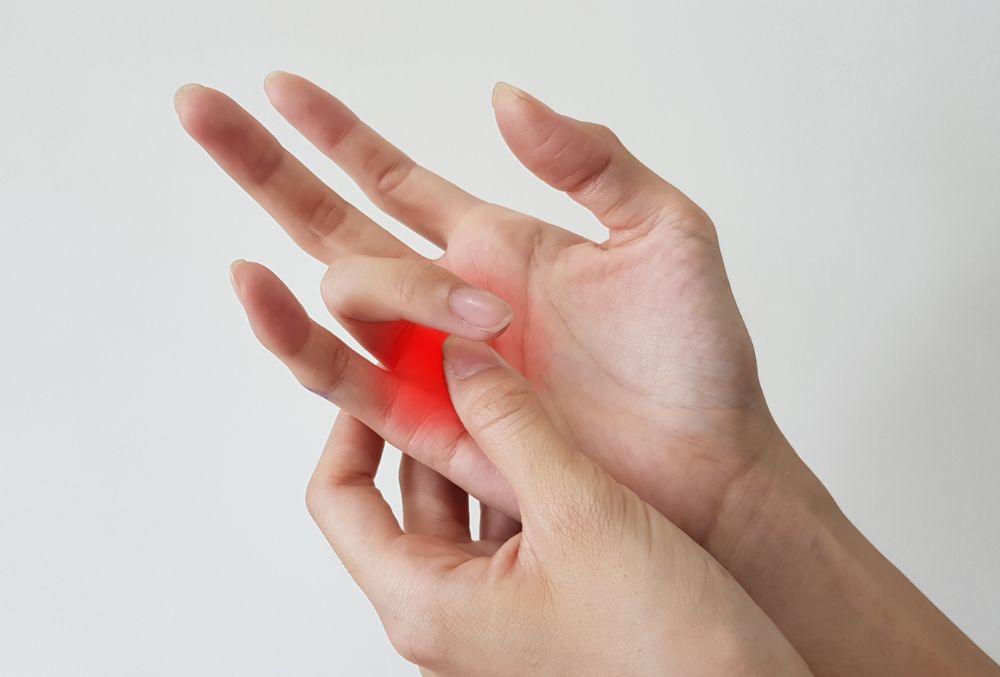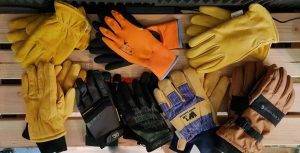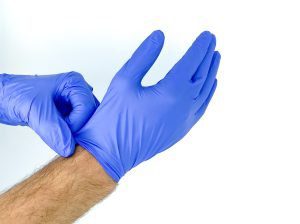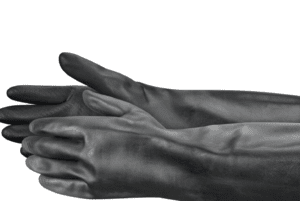Workplace ergonomics are crucial to all workers. Hand injuries can be painful and incapacitating, regardless of whether you work in construction, mechanics, or simply spend much time at home working on DIY projects. Today, we will talk about good ergonomics in the workplace to keep your hands safe and avoid workplace injuries.
With an estimated 2.2 million hand injuries reported in 2021 to the Bureau of Labor Statistics, hand injuries are widespread in almost every workspace. These injuries, which can range in severity from minor scrapes and cuts to more severe ones like shattered bones and amputations, can seriously impair a person’s ability to work and carry out daily chores.
Workplace ergonomics, including appropriate safety measures to avoid hand injuries, are crucial when using tools and machines. It involves putting on the appropriate safety gear, maintaining a tidy and organized workspace, using the appropriate tools, and taking frequent breaks to stretch your hands and get some relaxation.
This post will give you proper workplace ergonomics for protecting your hands and avoiding workplace accidents. These suggestions will help you stay safe and prevent hand injuries at work. If you have not yet established one, you may use this as a reference on how to improve workplace ergonomics. You may lower your risk of hand injuries and maintain the health and safety of your hands by adhering to some basic principles.
7 Good Workplace Ergonomics For Hand Safety
Follow these proper workplace ergonomics to keep your hands safe while in your workspace.
Wear the Right Gears
You should wear gloves, safety glasses, and other protective attires to protect your hands and fingers from cuts, scratches, and other harm. It’s crucial to realize that various jobs require various safety equipment. For instance, you’ll need gloves specially made to guard against chemical exposure if you’re working with dangerous chemicals. Similarly, you must wear gloves that protect against cuts and abrasions when using power equipment.
Understanding the risks associated with your job and outfitting yourself appropriately is crucial. It’s crucial to choose the appropriate equipment and to wear it properly. Gloves should be comfortable and offer sufficient dexterity for the job at hand. Safety glasses should always be worn when working with power tools or other equipment that can cause flying debris. Correctly covering all exposed parts with protective clothes is essential. Check your protective equipment frequently for any signs of deterioration and replace it as necessary.
Organize Your Workspace
Ensure that your tools and materials are organized and out of the way so you aren’t tripping over anything. A disorganized workspace might be a recipe for mishaps. In addition to lowering the danger of accidents, a tidy and ordered workspace boosts productivity. When the equipment and things you need are in their assigned locations, it will be simpler to locate them and much less likely that you will lose or overlook something crucial. Start by purging anything no longer needed or used from your workspace. Sort your equipment and supplies according to kind and purpose. To help you remember where everything belongs, label storage containers, shelves, and drawers. Make sure that hazardous materials have a specific area and are well-marked. Finally, keep your workspace tidy by periodically sweeping the floor, wiping the surfaces, and removing trash and waste.
Take a Break to Stretch Your Hands
It’s crucial to occasionally rest your hands because repetitive actions might harm your hands and fingers. Hand and finger problems, such as carpal tunnel syndrome, tendinitis, or trigger finger, can be brought on by repetitive motions like gripping and squeezing. It’s crucial to take regular rests and stretch your hands to avoid these ailments. Stretch your hands and fingers during the breaks every 30 to 60 minutes. Simple movements like gently rubbing your hands or creating a fist and then opening it can assist in easing tension and ward off injury. Additionally, make an effort to change the jobs you complete throughout the day so that you aren’t always making the same movements.
Do Not Use Excessive Force when Using Tools
Hand and finger injuries can result from too much force when utilizing tools. It is so that injuries won’t result from using too much force, which could cause the tool to slip or the item being worked on to break. Ensure you’re using the proper amount of pressure while utilizing tools to avoid this. The appropriate degree of force must be used to accomplish the task without injuring anyone. Additionally, using the proper technique when using tools is critical, as doing so can lessen the force needed.
Rely On Ergonomic Tools and Equipment
Your hands will experience less strain and tiredness while using ergonomic tools and equipment, which can help to prevent injuries. These tools are made precisely to fit the human hand and lessen the force needed to complete a task. You can lower your risk of hand and finger injuries by adopting ergonomic tools. It can be accomplished by utilizing gear, such as anti-vibration gloves or ergonomic grips, to lessen vibration and hand fatigue. It’s also crucial to modify the workspace to accommodate the worker, for example, by raising or lowering a workstation or installing a foot pedal for a machine.
Keep Your Focus
When executing any work, it’s critical to maintain alertness and concentration because distractions might result in mishaps. For instance, you run the risk of accidentally hurting yourself or others if you use a machine while not paying attention. You can lower the chance of accidents by making sure you’re paying attention to what you’re doing and not multitasking. It can be accomplished by refraining from unneeded interruptions while working, such as using your phone, listening to music, or conversing with others. Additionally, paying attention to your surroundings and foreseeing any danger is critical. You can react swiftly and correctly to any scenario that may develop by remaining vigilant and focused, which lowers the likelihood of accidents.
Keep Your Hands Dry and Clean
Your hands could become slick from moisture, making injuries more likely. That is why having dry, clean hands while using tools is crucial. Sweating or working in a damp area can produce moisture. Dry off your hands before beginning work to avoid this, and wash them frequently to avoid infection. Additionally, it’s crucial to wear gloves that are made to keep your hands dry if you’re working in a moist area.
